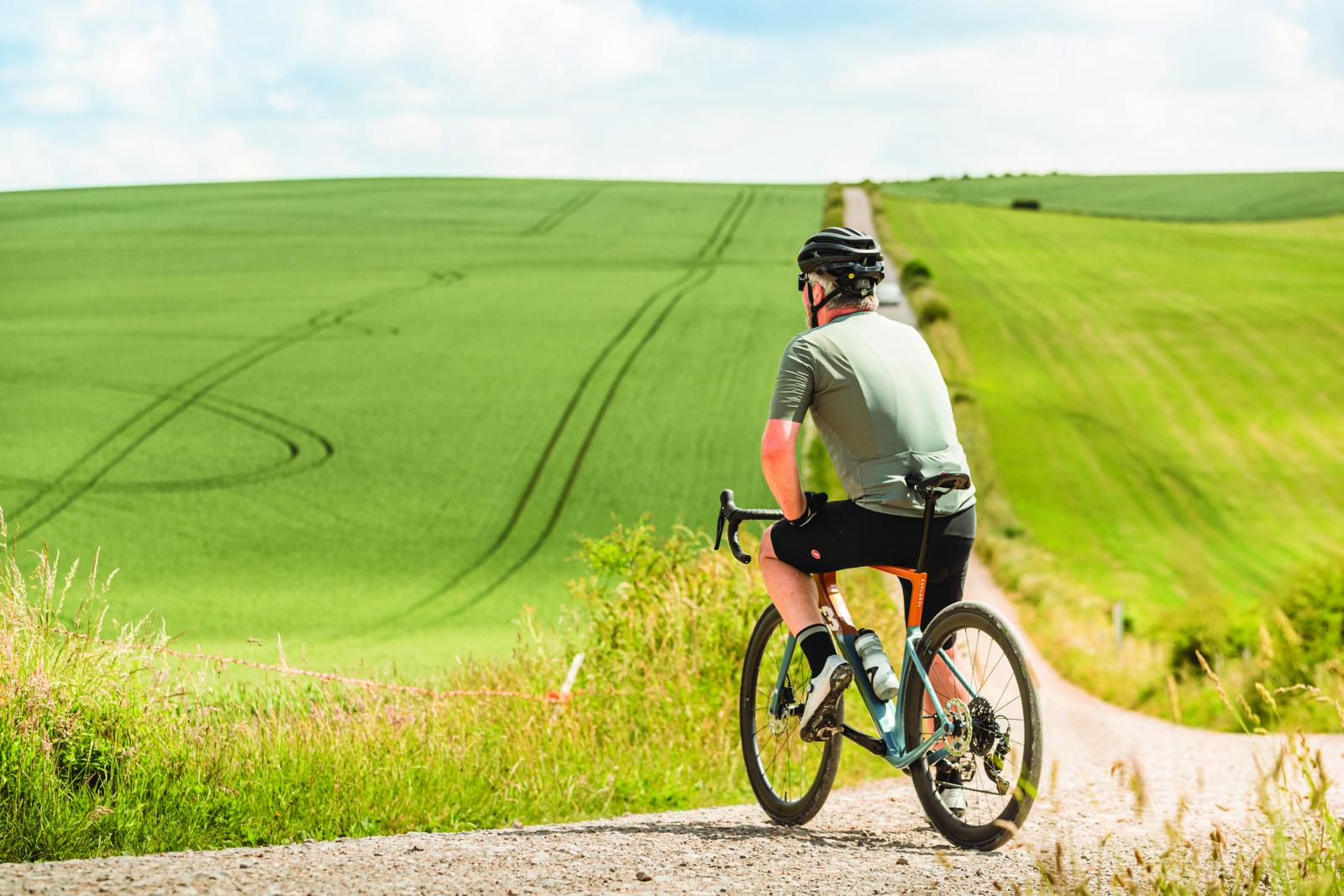It wasn’t that long ago that road bikes were designed solely for the purpose of riding and, primarily, racing on smooth tarmac.
Today, however, the road bike market has quickly become a segmented landscape, similar to that for mountain bikes.
Where once there were simply road bikes, now there are race bikes, aero bikes, endurance bikes, all-road bikes, bikepacking bikes, gravel bikes and cyclocross bikes, to name just a few.
Back before the advent of ever more specialist bike designs, the road-going road bike was relatively simple – the stripped-down race bike or the tourer – a road bike with fixtures and fittings for racks and mudguards.
There were anomalous add-ons to those categories; the audax bike was like a race bike with mudguards, and in the USA, the Century bike was its equivalent.

What all this means is that the typical steep-angled, aggressive racers are becoming less dominant and giving way to various types of endurance machines. Basically, bikes that are better suited to most people.

Don’t get me wrong, many riders still love the laser-guided-missile feel of a race bike. However, recent design developments and trends such as those in the world of gravel, have made bikes that blend speed with comfort ever more popular.
It’s on these sorts of bikes that slacker angles (which relieve the stress in your neck and shoulders, and shift some weight off your hands), more compliant carbon frames, and even suspension, make an appreciable difference.
Slacker geometry also adds a bit of stability to a bike, so that when you're hours into a long ride and tired, you’re a little less likely to be caught out by uneven ground or unexpected obstacles.
The beginning
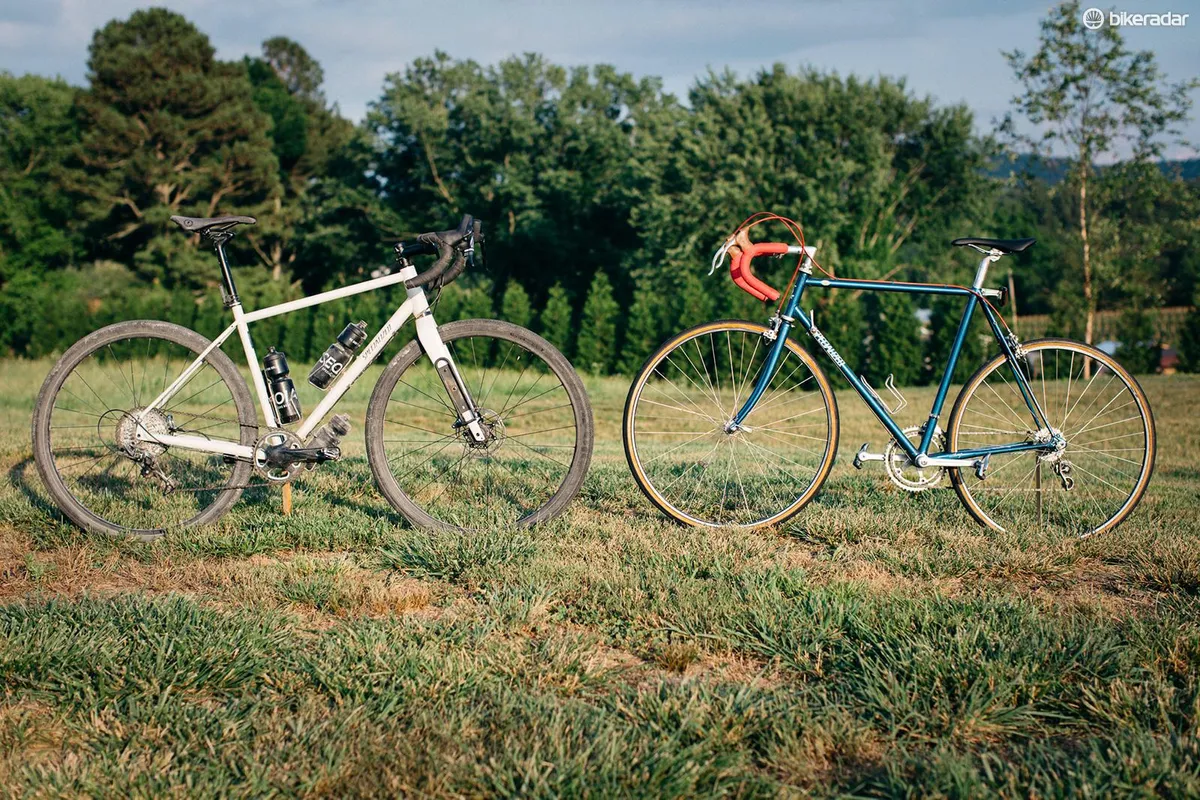
Lots of brands offered what could be regarded as the proto-endurance bike. Bikes such as Specialized’s early-1980s Sequoia (a name Specialized revived in 2015 as an adventure bike) or Cannondale’s mid-90s to 2000 Silk Road (with head shock suspension, no less) are such examples.

It’s commonly acknowledged that the first commercially available endurance road bike appeared in 2004, though, when Specialized released the Roubaix, which also happened to be the brand’s first full-carbon road bike.
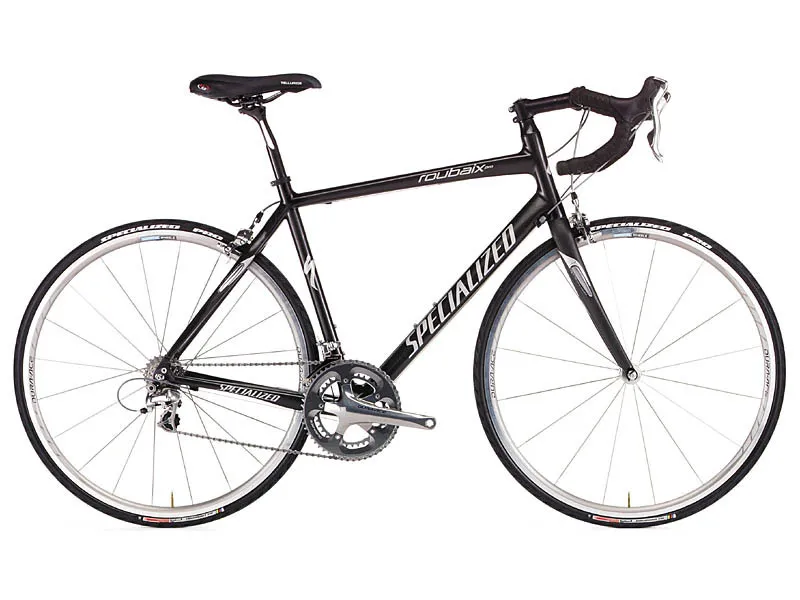
In 2017, Eric Schuda, Specialized's then road category manager, said: “Back then, Mike [Sinyard, Specialized founder] noticed that a lot of people were getting bikes custom-made, more so than they do now.
“The number one thing on these custom bikes was taller head tubes, and people were increasing the stack.
"A lot of these custom bikes were fit-driven because most of the bikes on the market at that time had classic, ‘Euro’ race geometry with a negative-slanting or flat top tube and a super-low front end."
Just a year later, Trek brought its first endurance bike, the Pilot, to market.

Hans Eckholm, Trek’s industrial design manager, who has been with the company since 2004 and helped design both the Pilot and Domane, says the driving forces behind the Pilot were comfort and confidence.
“We had been focusing a lot of attention on racers and race geometry. The Pilot was our first round of bike geometry focused on riders [instead of] racers. It had a more relaxed body position for longer rides and more stable handling.”
When you look at the original Roubaix and the Pilot, they pale in comparison to their equivalents today, but these frames changed the game because they were the first to step away from race geometry and move towards something that would better suit the ‘everyday rider’.
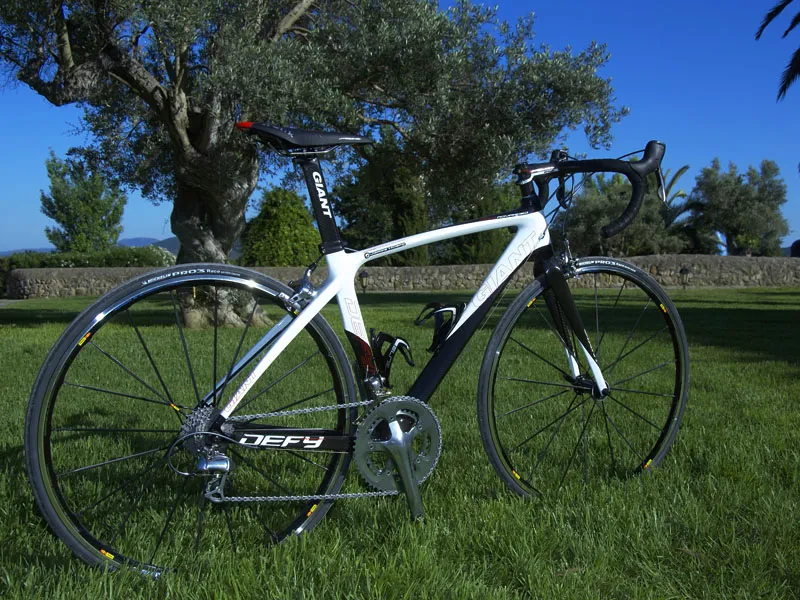
In 2009, Giant joined the game by introducing the Defy, which, according to Andrew Juskaitis, Giant’s global product marketing manager, quickly became its best-selling road model and has remained so ever since.
“[The Defy is] designed for road riders seeking one bike that can do it all. It's capable of winning a field sprint one day and comfortably tackling long club rides the next by blending aggressive, precise handling characteristics with endurance positioning and balance,” the 2009 launch press release stated.
Since then, the endurance sector of the market has exploded and now pretty much every brand offers its own version of a sporty road bike with all-day comfort.
The construction and components of these bikes have also improved during that time, as new carbon layups and aluminium manufacturing processes, disc brakes and even suspension have been added to the mix.
However, the driving force behind these bikes – the desire to balance handling and comfort – has remained the same.
"Keeping a bike lively, properly weight-balanced, comfortable and stable required a lot of prototypes and ride testing. Making sure it was comfortable without being flat or dead-feeling is a difficult trick to pull off," Eckholm explains.
Disc-brake developments
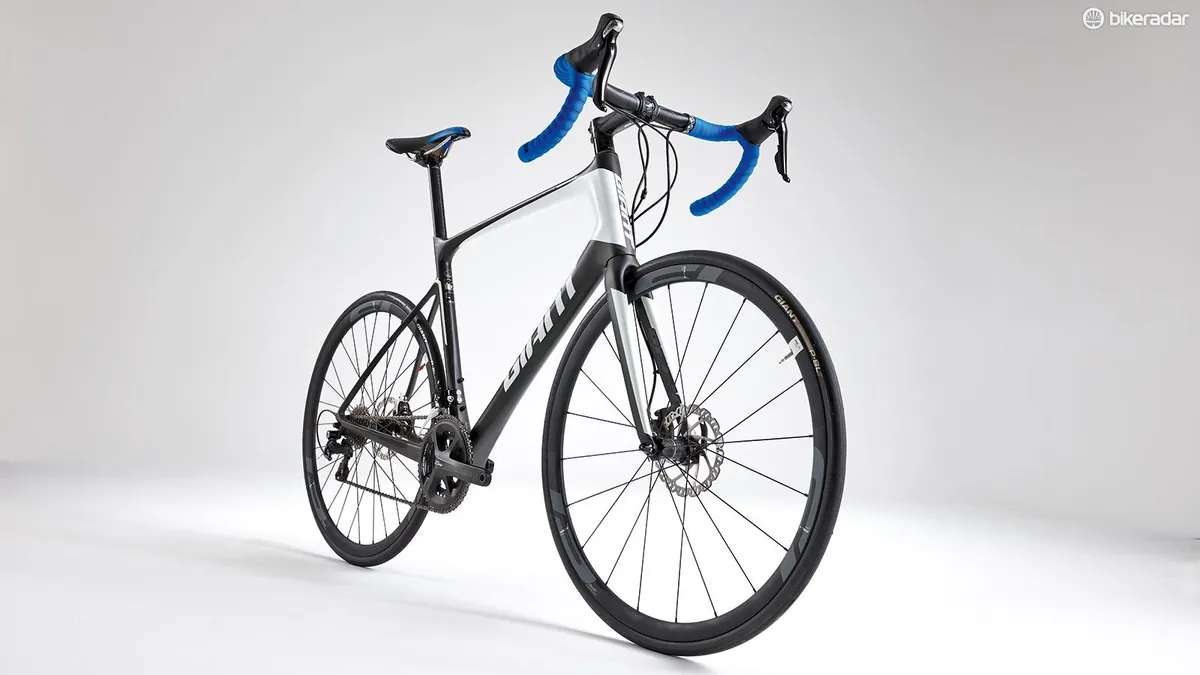
While there have been plenty of innovations in the evolution of endurance bikes, perhaps the biggest step forward came in the form of disc brakes.
The biggest benefit of disc brakes isn't their stopping power, it's the additional tyre clearance they allow.
"Disc brakes were a significant advancement for the Defy," says Juskaitis. "When we introduced the 2015 Defy range, we committed to disc-brake only models – a bold move at that time, considering all our competitors were still only ‘dipping their toes’ in the disc-brake waters.
“By committing our design resources to disc-only models, we were able to totally design the frame and fork to take advantage of disc-brake integration, meaning opening the seatstays/chainstays to accept larger tyres and fenders while shaving weight off the chassis as a whole."
Discs added stopping power and modulation, but they also allowed for wider road tyres and simpler cable routing.
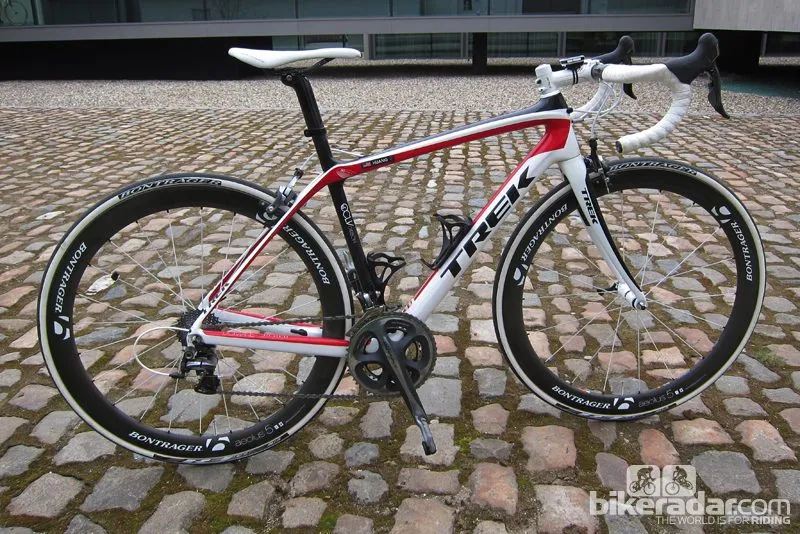
Although Trek hadn’t made quite the same commitment to discs, the American brand was under no illusions about their benefits.
“Disc brakes have opened up more possibilities for tyre options – this is crucial for the variety of terrain that people are riding their endurance, gravel and adventure bikes on,” Eckholm says.
“The limiting factor with caliper brakes in regard to tyre clearance is mainly the diameter of the tyre. Now, with disc brakes, that tyre clearance issue is driven by the chainstay length and drivetrain. Also, cable and hose routing is somewhat simplified.”
Perhaps because of the combination of more stable handling, disc brakes and comfort, the path for the endurance bike was to move further into all-road territory.
Endurance goes all-road
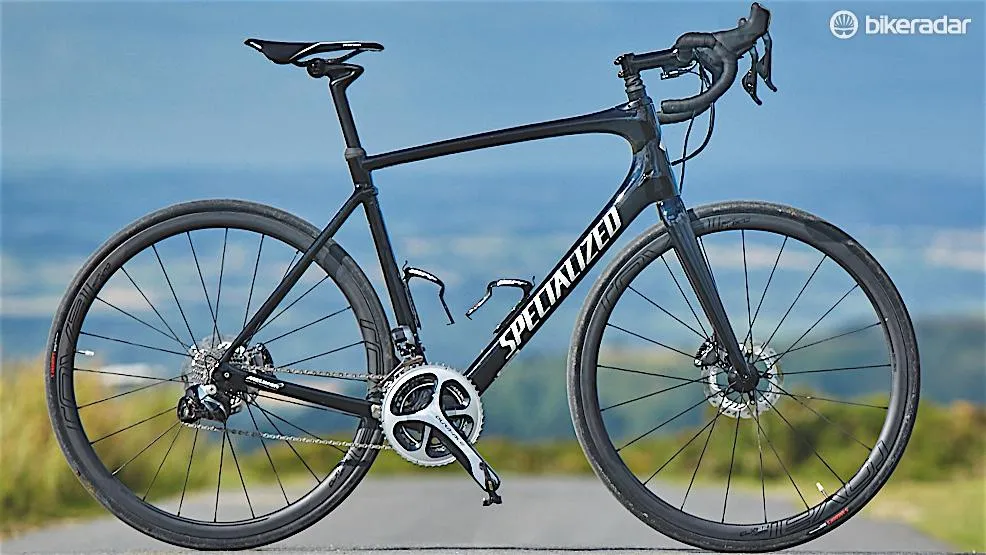
The original Roubaix came with Zertz tech. This took the form of elastomer inserts in the fork and seatstays, which Specialized claimed damped road buzz – whether they worked or not is still up for debate.
Similarly, the 2006 Pilot featured Trek’s SPA (suspension performance advantage), an elastomer bumper on the seatstay wishbone, which was said to offer 13mm of travel, but felt like it added rear-end steering.
As suspension technology has improved, endurance bikes have become better at balancing the need for stiffness and efficiency in the frame, while still being comfortable riding over rough roads.
Specialized and Trek led the way in the comfort/pseudo-suspension stakes. Trek introduced the IsoSpeed decoupler on the rear of the Domane, then, on the 2016 Domane SLR, front and rear versions.
Specialized’s 2017 Roubaix came with both Future Shock front suspension and the elastomer-infused and elastomer-mounted CGR seatpost.
We’ve seen other brands introduce suspension or comfort elements into endurance frame design, too. Lapierre’s 2014 Pulsium brought elastomer cushioning into the top tube, while the 2015 Pinarello K-8S had a shock built into its seatstays.

Even Giant, with the Defy, brought in its D-Fuse seatpost and bars (tech borrowed from the TCX cyclocross bike).
In fact, some endurance frames are almost as firm, light and stiff as their racing brethren. When the 2015 Defy Advanced SL was launched, it was the lightest frameset Giant had ever produced at around 850g.

But while every brand's endurance bikes share the same goals – balancing sporty handling with all-day comfort – they each take a different approach to incorporating comfort or suspension into their designs.
Has endurance run out of steam?

Bikes such as the Roubaix, Domane and Synapse were marketed as race bikes for the Classics at some point in their history. Trek even offered the Domane in race-fit geometry, alongside the standard design.
Cannondale went to the trouble of making a special one-off Synapse for Peter Sagan, a move that Specialized followed when it sponsored the legendary Slovak.
Back in 2014, when gravel riding was in its infancy, it looked as if endurance bikes might have been subsumed by the gravel or all-road bike. We saw GT launching the Grade as an all-road capable endurance bike and Cervélo’s short-lived C-Series.
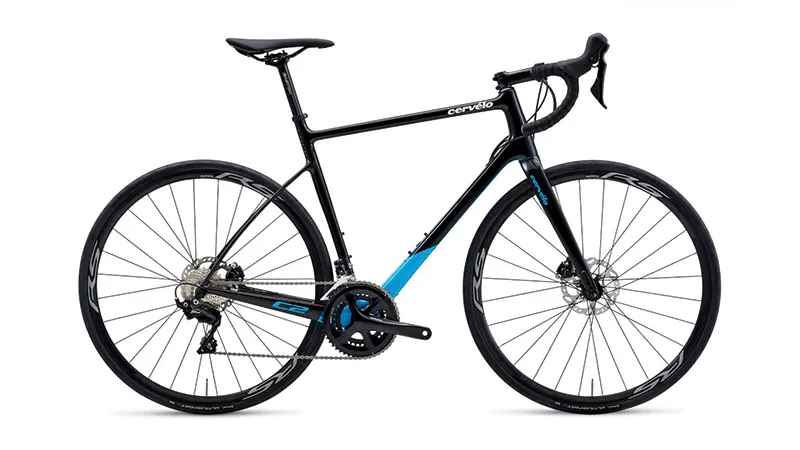
As endurance got more all-road capable, gravel got ever more popular, while carbon race bike design matured to be more comfortable yet still light and aero. It looked almost certain that endurance would be swallowed up.
Endurance oddities: the short rise of Road Plus

There were a few left turns along the way, such as Road Plus, a sweep of bikes based around 650b wheelsets with massive tyres pioneered by WTB. We saw the introduction of some very interesting bikes from the likes of Rondo, Surly, Marin and many more.
However, with both road and gravel bikes becoming more accepting of wider tyres, the 650b option has become less popular.
Endurance is back on the road…
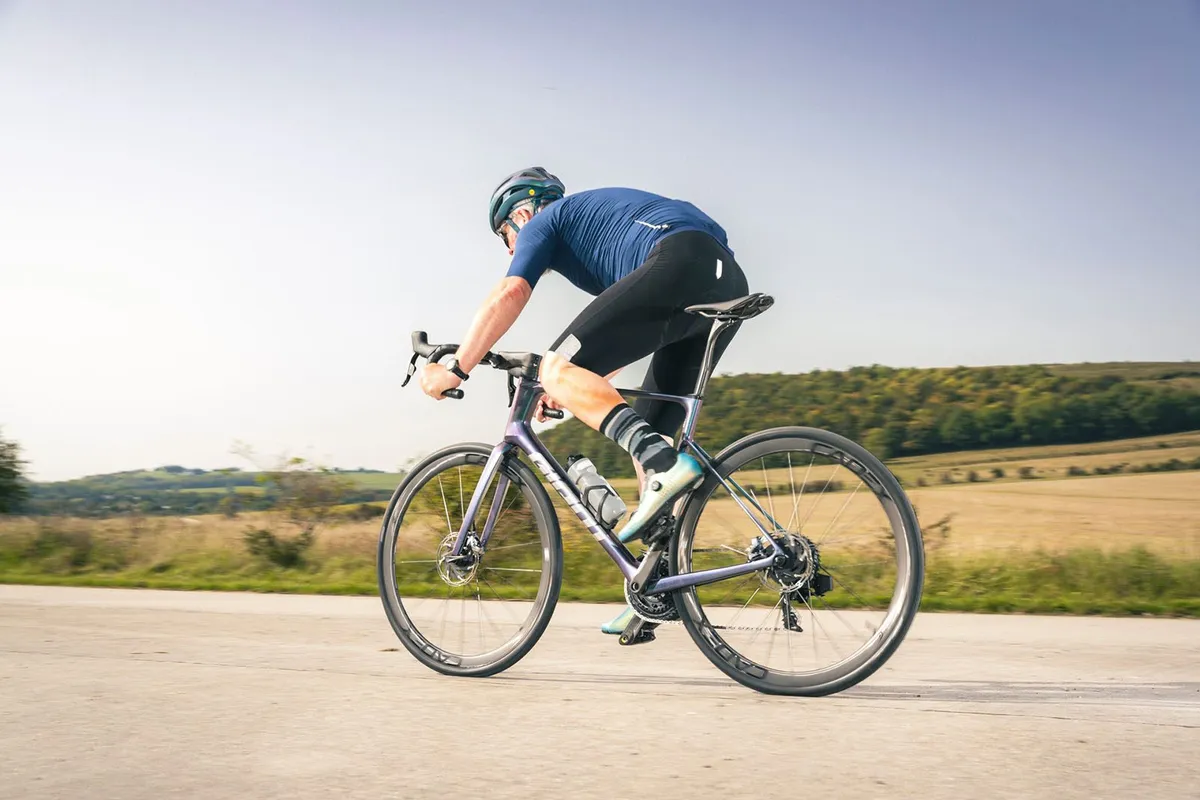
Thankfully, as the gravel market has matured and gravel racing has exploded, brands have jumped into gravel design as a singular pursuit. The demands for ever larger tyre widths, gravel suspension and much more progressive geometry, are apparent.
This has enabled brands to move endurance back to its road-going roots. Today, the latest Giant Defy is a lightweight purist's road bike with a ride position best suited to non-racers looking to ride big miles.

New bikes from the likes of Argon 18 with its price-focused Equation, Ribble with the aero-endurance (yet oddly named) Allroad SL R and Cervélo’s latest generation of the Caledonia 5 are all examples.
Even Specialized’s original all-conquering Roubaix has shifted back towards being a purer road bike than before.
Trek has lightened and tightened the Domane, removing the front IsoSpeed in favour of a more streamlined and lighter design.
Meanwhile, rumours abound that Cannondale’s update to its long-standing Synapse will make a return to purer road bike roots – especially now that it has the Topstone and SuperX representing the broad church of gravel.
What’s next?

Back in 2017, we predicted that endurance bikes would embrace even more comfort-enhancing tech and even suspension elements. The gravel explosion, however, has meant it simply hasn't become the case.
If anything, endurance bikes are now leaning much more heavily on their road-racing cousins. Bikes such as Ribble’s Allroad SL R are taking more cues from the cutting-edge Ultra than the Gravel SL.
We’ve seen more aero-influenced endurance, too, with the likes of the hard-to-categorise 3T Strada Italia. The quartet of endurance bike stalwarts – the Roubaix, Defy, Domane, and soon the Synapse, have all shifted far closer to tarmac than dirt.

We’re seeing bikes such as Boardman's latest SLR, which blends some comfort elements from endurance, lots of practicality and a bit of aero optimisation with a ride position that mixes endurance and race design very successfully.
The use of 1x gravel drivetrains seems to be being adopted in racing, especially in this year’s Classics. We could see another shift across the genres, with some choosing a gravel race bike such as the BMC Kaius or even Cannondale’s SuperX. The latter is, to all intents and purposes, simply a SuperSix Evo with slightly revised geometry and bigger tyre clearances.

Some will opt for these over a classic endurance bike to take advantage of the extra tyre clearance and 1x optimisation.
However, I don’t believe the endurance bike will be sidelined; in fact, I think the future is bright for this often-overlooked bike type. We’ll see a lightweight blend with comfort, increased tyre capacity and greater aerodynamics.
Bikes such as the Ribble Allroad SL R, 3T Strada Italia and Boardman’s SLR show the way forward.
